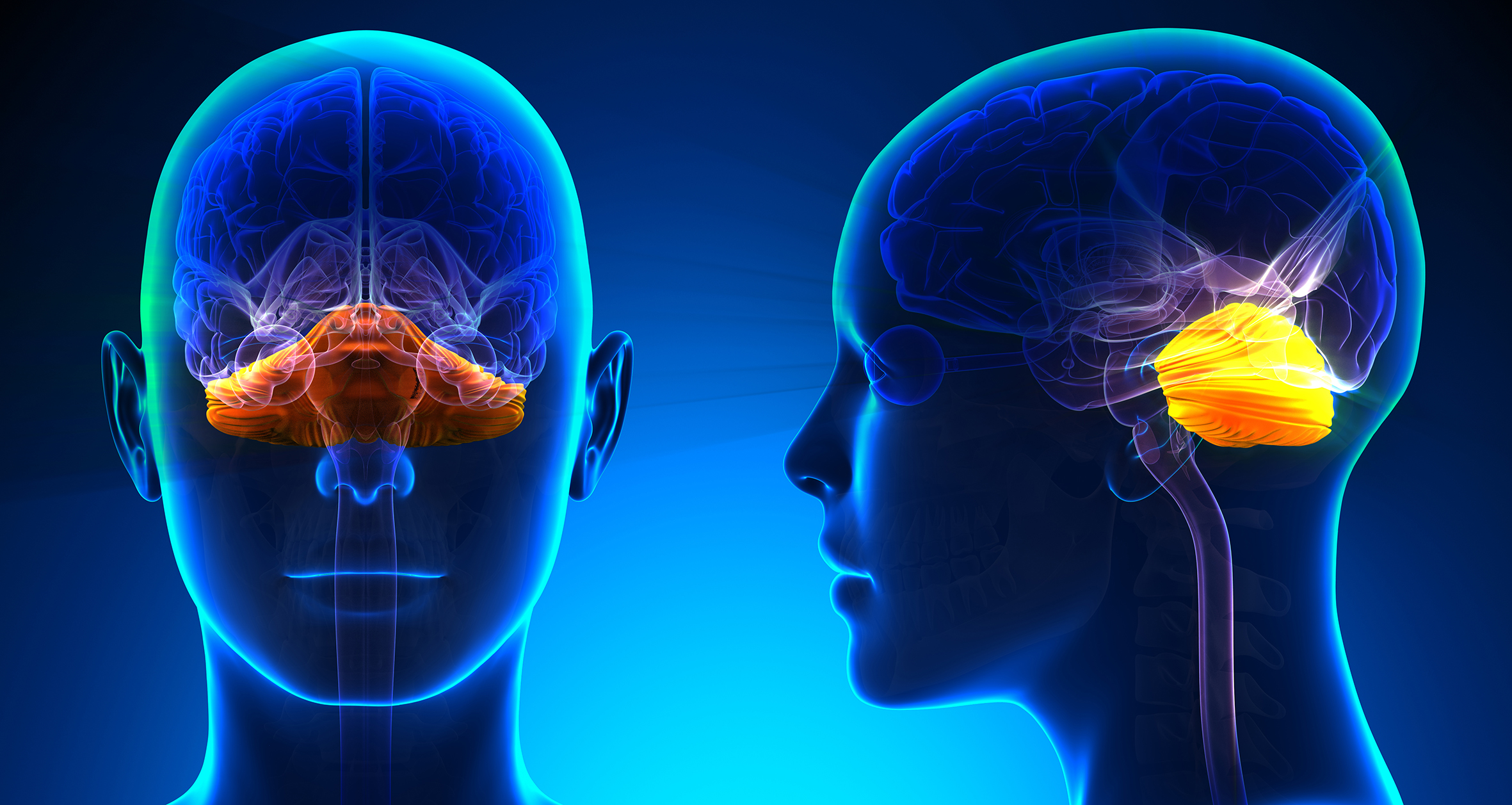 This Saturday, 25th September 2021 is International Ataxia Awareness Day (IAAD). The event brings together Ataxia organisations and individuals from all over the world together to help raise awareness about the condition and raise much needed funds for charity.
This Saturday, 25th September 2021 is International Ataxia Awareness Day (IAAD). The event brings together Ataxia organisations and individuals from all over the world together to help raise awareness about the condition and raise much needed funds for charity.
Ataxia is an umbrella term for a range of medical conditions caused by damage to the cerebellum. This area of the brain is responsible for several functions, notably balance and coordination. The most common form of ataxia is known as cerebellar ataxia which can affect people of any age.
Though some forms of cerebellar ataxia are genetically inherited, the condition can also result from many other factors, such as:
- Viruses that damage the nervous system like mumps, chickenpox, hepatitis A, measles and the West Nile virus. Ataxia can also result from infections causes by Epstein-Barr and coxsackie viruses.
- Stroke
- Bleeding in the cerebellum area of the brain
- Exposure to toxic chemicals like mercury or lead
- Severe head trauma
- Deficiencies of certain vitamins like E, B-1, B-12 and thiamine
- Conditions such as multiple sclerosis, cerebral palsy and brain tumours
- Long-term alcohol abuse
The symptoms of ataxia vary from person to person. Many of the symptoms resemble the effects of alcohol consumption, which has led to many misunderstandings. Symptoms include:
- Impaired coordination and balance, which can include clumsiness, unsteady gait (walking) that can lead to frequent stumbles and falls
- Tremors or muscle spasms
- Uncontrolled, repetitive eye movements
- Difficulties with speech, especially slurring of words
- Headaches and dizziness
- Problems with everyday activities like eating and drinking
Where cerebellar ataxia is the result of a virus, special treatment isn't usually required and a complete recovery is expected. There are different treatments available for cerebellar ataxia that has occurred due to another cause that has lead to chronic/ long-lasting symptoms:
- Bleeding in the cerebellum caused by a haemorrhagic stroke can be treated with surgery
- Medication to thin the blood can be used to treat cerebellar ataxia caused by an ischaemic stroke
- If the cerebellum has become inflamed, steroid medication is sometimes prescribed
- Vitamin deficiencies can be counteracted by taking the appropriate vitamin supplements
There is currently no cure for cerebellar ataxia and IAAD hopes to bring about more public awareness of the condition, shed light on its causes and attract more funding for research. Individuals and organisations are encouraged to create events to support IAAD and to share details and stories via social media.
In all cases of cerebellar ataxia, the severity of the issues with coordination and movement can often be reduced and improved by wearing dynamic compression garments. Here at Jobskin®, we specialise in designing and manufacturing such garments. Our SDO® garments are made using premium-quality Lycra® to the exact measurements of each individual wearer and, as Class 1 medical devices, deliver continuous and consistent therapeutic pressure.
SDO® garments from Jobskin® are made-to-measure and manufactured using top-quality Lycra®. Each garment is a Class 1 medical device that provides consistent and continuous compression, providing musculoskeletal support and increasing proprioceptive and sensory feedback. SDO® can assist with the coordination of movement to help with balance, fine motor skills and everyday activities, as well as reducing tremors.
Find out more about SDO® compression garments from Jobskin® on our website. You can visit https://www.ataxia.org.uk/get-involved/ataxia-awareness/ for more details about ataxia and how you can support IAAD 2021.